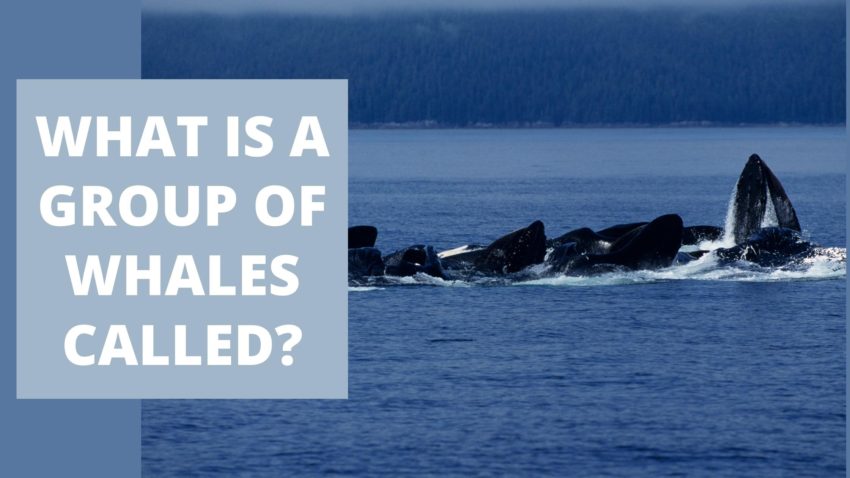A group of whales is commonly referred to as a pod.
A pod usually consists of whales bonded together for biological reasons (i.e., a mother baring offspring and raising her child).
They also gather together through friendships developed between two or more whales.
In many cases, a typical whale pod consists of anywhere from 2 to 30 whales or more.
In some circumstances, such as during mating season or areas with ample food supplies, thousands of whales may gather together to mate and forage.
After participating in their event, they may return to their smaller pod or group.
Also, the social behaviors of whales can vary dramatically from species to species.
Depending on the particular whale species, highly social species may have many pods that contain several hundred whales or more.
In contrast, lesser social species may have a dozen or fewer whale in their pod.
In many cases, larger pods are often found among the smaller-toothed whale species.
Having a giant pod helps them protect themselves and one another from predators and allows them to hunt for food more effectively.
The giant baleen whales tend to prefer small groups or traveling alone.
Some more giant baleen whales are so big they don’t fear being attacked.
As a result, they can feel confident swimming alone or in small pods.
Whales that live and travel in a pod often hunt together using sophisticated and collaborative hunting methods.
They also socialize, traveling together and protecting each other from predators such as large sharks and other marine mammals like killer whales.
While some adult whales may not have to worry about being attacked by a group of sharks or a pod of killer whales, their newborn children and young are often easy prey.
Therefore, it is common to see adult whales (particularly female whales) traveling with their children.
It enables them to protect their offspring from predators and threats.
In these cases, the more significant the pod, the better its defenses,
It helps explain (at least partially) why seeing smaller species in larger pods is common.
Regarding parenting, women are more likely to form pods with their children and other female whales to protect themselves and their children.
Males are more likely to wander off on their own.
In these cases, a small pod will consist of a mother and her child who can extend to larger protective groups if the species is social.
However, it depends on the particular species.
Some pods that a group of whales form can last anywhere from a couple of days to a lifetime.
